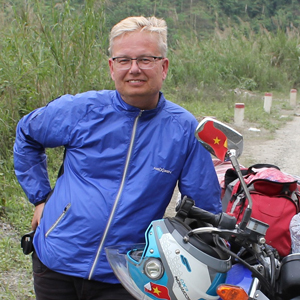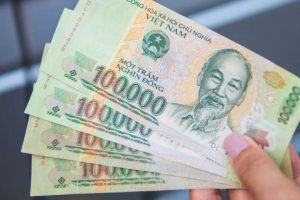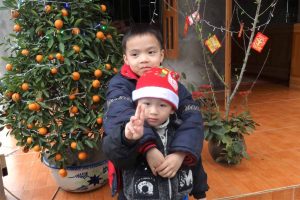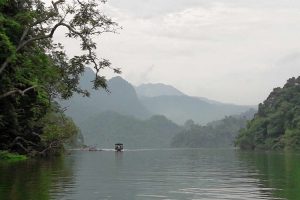Just south-west of Ha Giang city, Hoang Su Phi features terraced rice fields that perfectly match the preconceived idea of what a traveler will see in Vietnam. At the same time, it’s a hidden gem with few visitors, which makes it an ideal destination for adventurous travelers.
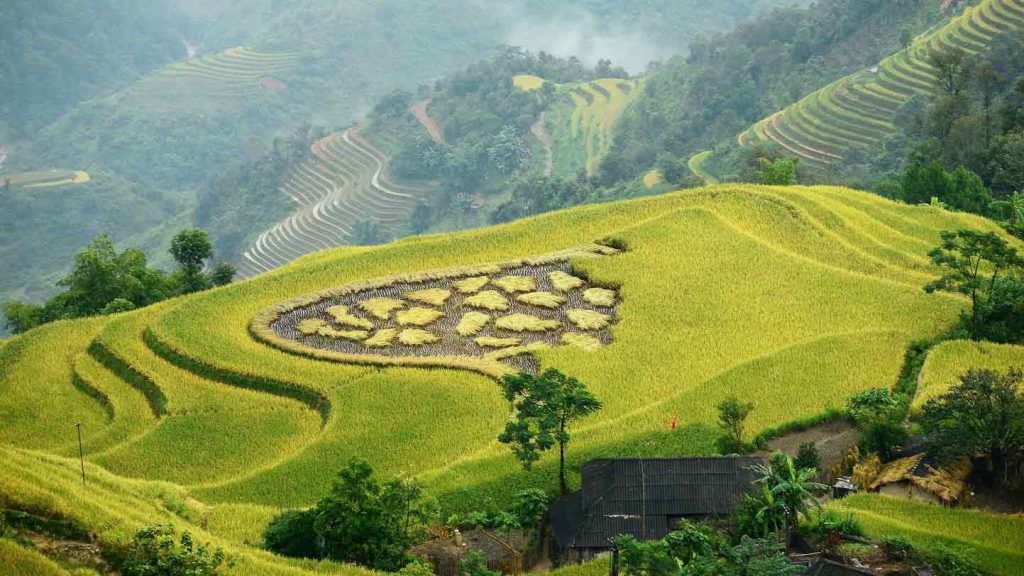
Hoang Su Phi: The Hidden Gem of the North
The so-called Ha Giang Loop is what lately, and I would say well overdue, has become THE new “must-do” for tourists coming to Vietnam. It is likely to be the picture and stories of awe-inspiring mountain roads, the high limestone peaks and the lush valleys that brought the attention. The majestic Ma Pi Leng mountain pass has been pictured by every visitor. But believe me: a picture will never do justice to Ma Pi Leng; you must experience its real might.
However, as a traveler you are likely to come to Vietnam with a preconceived idea on what one must do. The terraced rice fields are likely an idea for many. I for one would strongly support a visitor’s time to get submerged within time and space among these stunning pastures. Most famed area? My bet is on Mu Cang Chai district in Yen Bai Province.
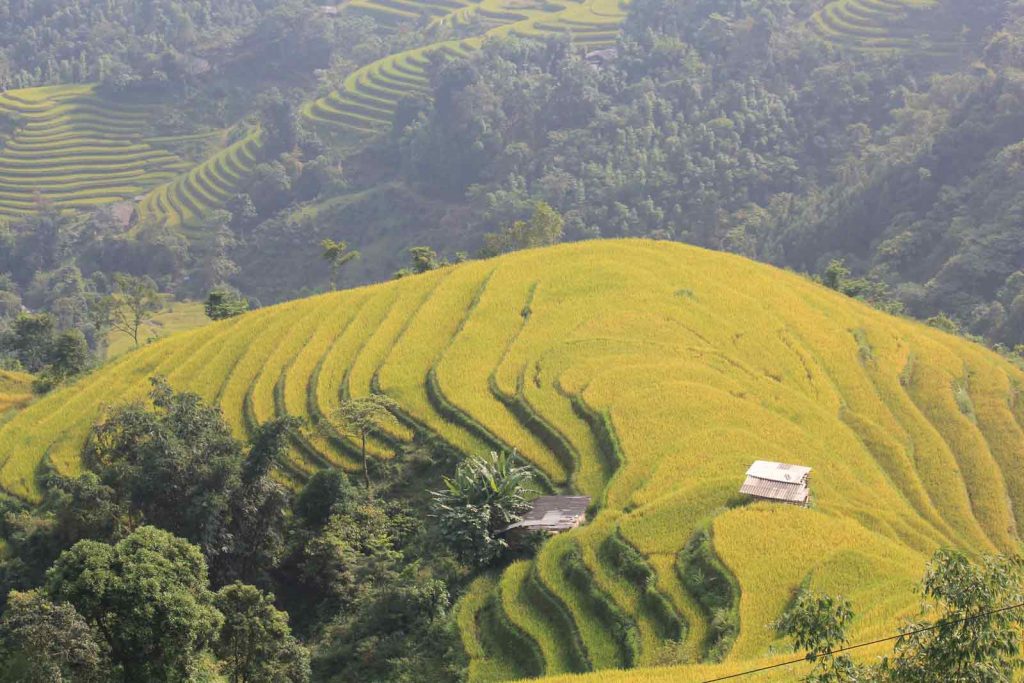
What few visitors are aware of is a hidden gem just south-west of Ha Giang City. A district that can rival Mu Cang Chai in dramatic and scenic terraced rice field on all accounts.
Hoang Su Phi: Location
Ha Giang Province is quite large. Once you complete the Ha Giang Loop, you will likely only have visited four of its ten districts. The loop will give you a good amount of spectacular rice terraces. But when it comes to terraced rice fields, the district that will really make your eyes gaze in awe is south-west of Ha Giang City.
Hoang Su Phi district is located a mere 40 minutes’ drive from Ha Giang City. South on road QL2, you branch right at Tan Quang onto road DT177. Soon you will be climbing up the mountains and be stunned by tiers on tiers of grand terraces. A landscape sculptured by art, sweat, necessity and love for generations. There are several ethnic groups that contribute to the landscaping, but the primary groups in this district are H’mong, Nung and Dao.
If you follow DT177 straight into the district, you would end up at Vinh Quang, the small district capital. On Sunday, the town becomes extra busy with the weekly big market taking place. From near and far, people of H’mong, Dao, Tay, Nung and La Chi come to buy and sell their goods and produce. Like other markets in the region, it is also the place to do the weekly gossiping and sharing more serious news, cheering some “happy water” and making a joke or two.
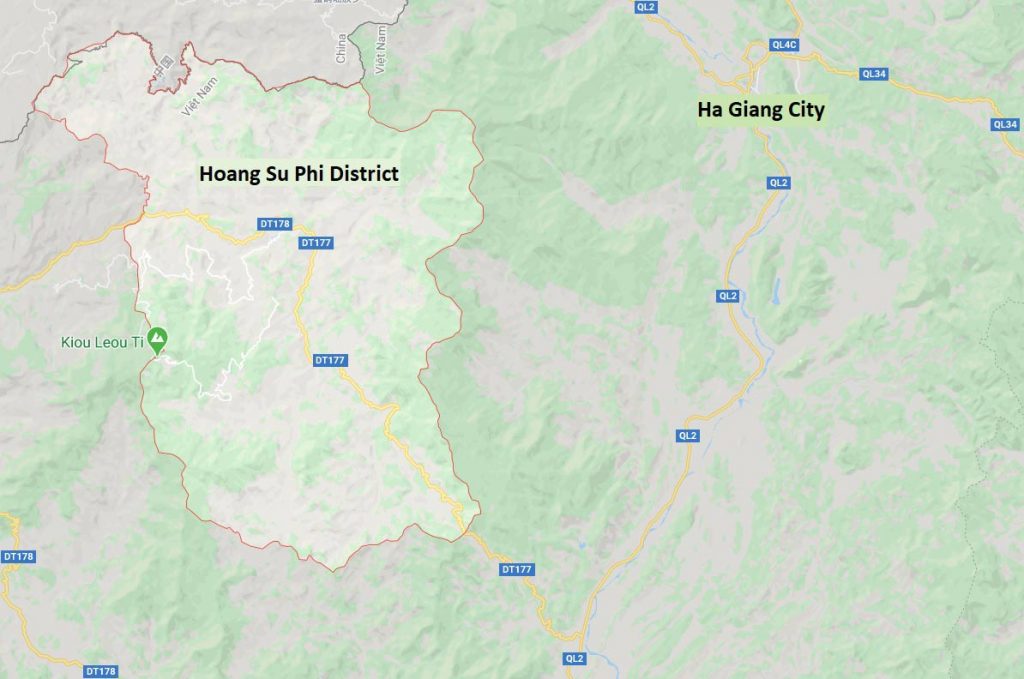
Spanning the district’s eastern border is the Tay Con Linh mountain range. It is one of the highest ranges in Vietnam, with a peak at 2,427 m. At the north, the district border China. As most mountainous districts in northern Vietnam, Hoang Su Phi consists of a myriad of valleys and smaller rivers.
Rice terraces will be all around you. However, in my opinion, the most stunning is towards the border with China. Up towards Ban Phung, you will find some of the highest located terraced field.
Why rice matters
An early observation I made when reading about Vietnam was that rice fields are almost always pictured as golden in tourist descriptions. But when really traveling the land, I have learnt that it is rare to see golden fields of rice. Golden rice fields and terraces are nevertheless quite an enchanted sight once you get the timing of your visit right.
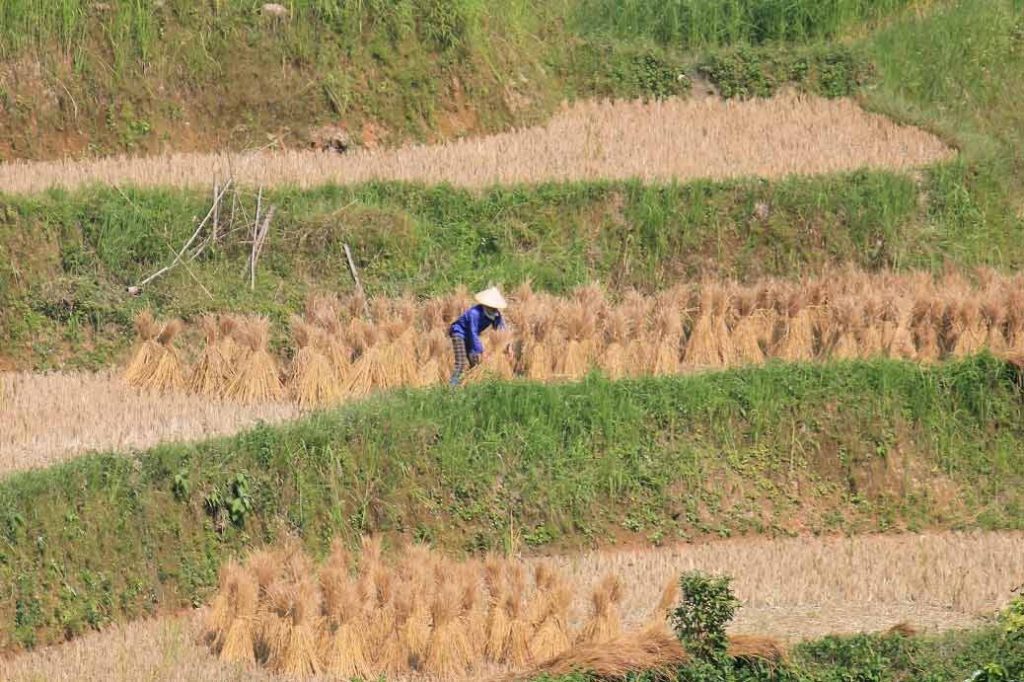
Rice turning from green into its yellow golden color symbolize so much. It is the mark of all hard labor that has gone into the fields, all the bent and hurting backs to plant and weed (and soon bending again to cut these rice fields). It is also the hopes and prayers that accompanied the crop.
Among many of the ethnic minority groups, rice plays an important ceremonial part in religious rituals and festivals. The survival and prosperity the rice harvest promise. In a place like Hoang Su Phi, where there is only one harvest per year of rice, a family’s income and means to survive another year so much depend on it. It is believed that 75% of the daily calorie intake comes from rice in Vietnam.
A personal reflection, not related to Hoang Su Phi, but to rice. In a country where nothing of a slaughtered animal, be it pig, fish or what else going into the pot, is thrown away, I have never seen domestic cats and dogs eat plain white rice with such enthusiasm!
What time of the year to visit Hoang Su Phi?
So, if you are looking to see those golden lush rice terraces in Hoang Su Phi, then the answer is: last week of September and first week of October. Two weeks to time your next holiday?!
Well, not exactly, but it is in the shift between September and October the color magic is bound to happen. But yearly weather differences play into the mix. Quite soon upon the maturity of the rice and the color shift from green to yellow harvest will commence. Now, this is a hard-manual work that takes a bit of time even if every able-bodied person in the village, young and old, will do the work. Hopefully, your only interest is not nature photography but also a bit of wish to get to know the conditions and tradition of the people that made these landscapes.
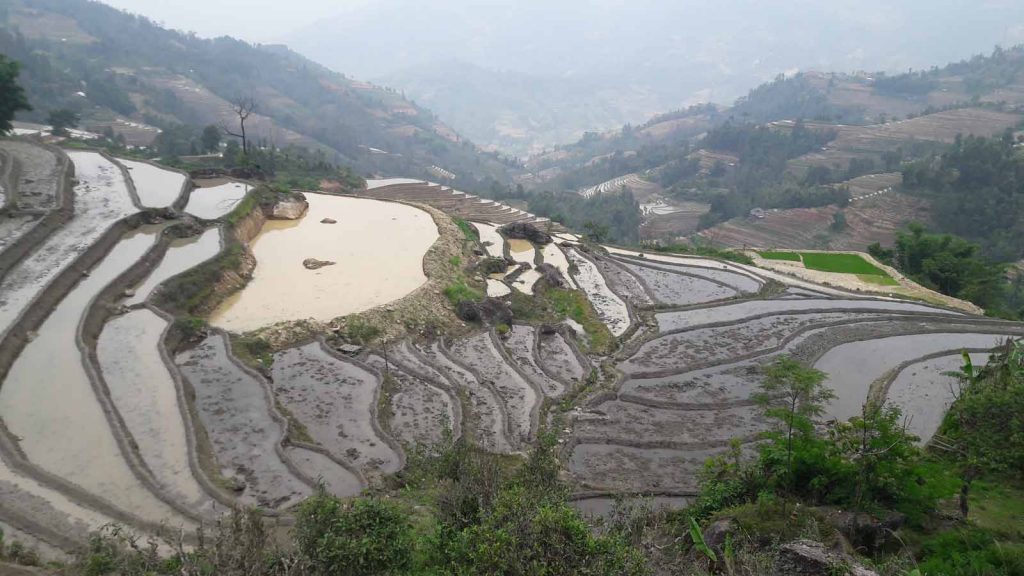
The other thing is that different communes in different valleys will have planted with slight variations. Therefore, harvesting will also be at some difference. One mountainside harvest might almost be completed, but driving down the next it might not even have started. All this said, it is a very brief period when you may copycat the photos you have seen on the web.
What about the rest of the year? Is Hoang Su Phi worth a visit? Absolutely! The roads offer fun mountain driving and the views are great. What is more, Hoang Su Phi does not receive many visitors, so you will really feel on the true unbeaten tracks. Besides, interaction with the many ethnic groups that make up this land offers so much. With them you can learn, have fun and enjoy good food.
“Tranquil” is a good word to describe Hoang Su Phi and nature and small paths is just telling you; come here for some light hiking and adventure!
Like any other living agricultural landscape, the rice terraces have a life and beauty both before and after the picture alluring golden season. While mostly barren over the colder winter months, in spring water fills the fields. This is also a spectacular time to see them. From above, each field becomes its own mirror of the heaven above and the surrounding. The planting season is another time to see the hard labor that goes into producing rice. Driving through the area as the rice grows, becoming thriving green and letting out its distinct rice fragrance is a totally different and fresh way to discover the place.
With all this said, I hope you have with any luck got some further guidance on how to put together your “must-do” itinerary. Hopefully, you got your eyes onto a place you knew less about. And also hopefully, you realized that you can combine the Ha Giang Loop with many other very interesting neighboring parts. Hoang Su Phi’s grandiose terraced fields and its warmhearted, hard working and friendly people are certainly worth discovering.
